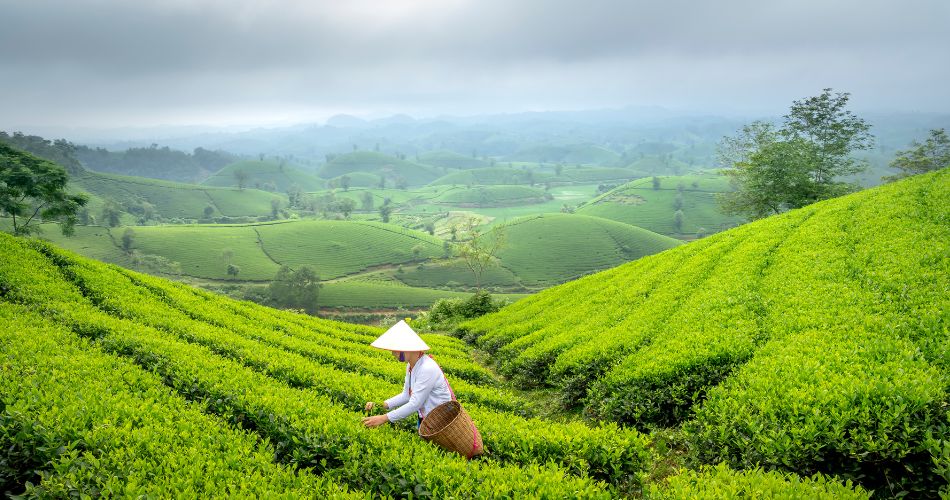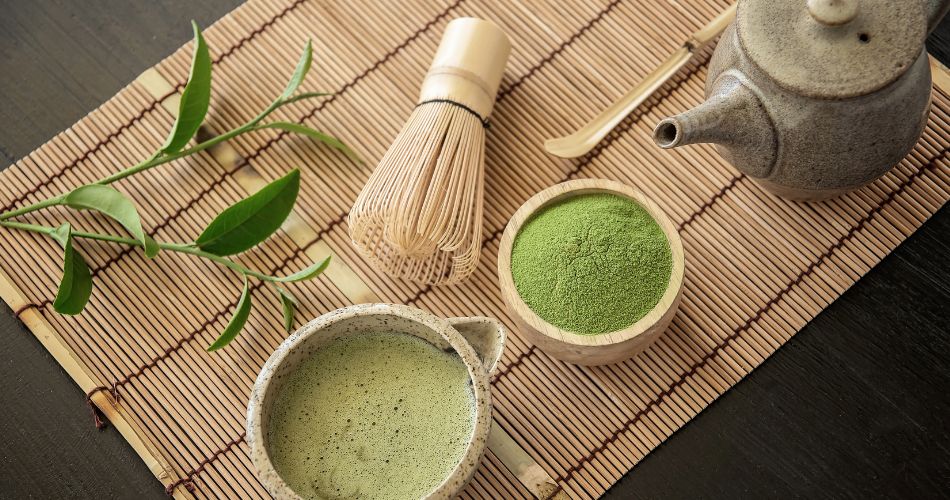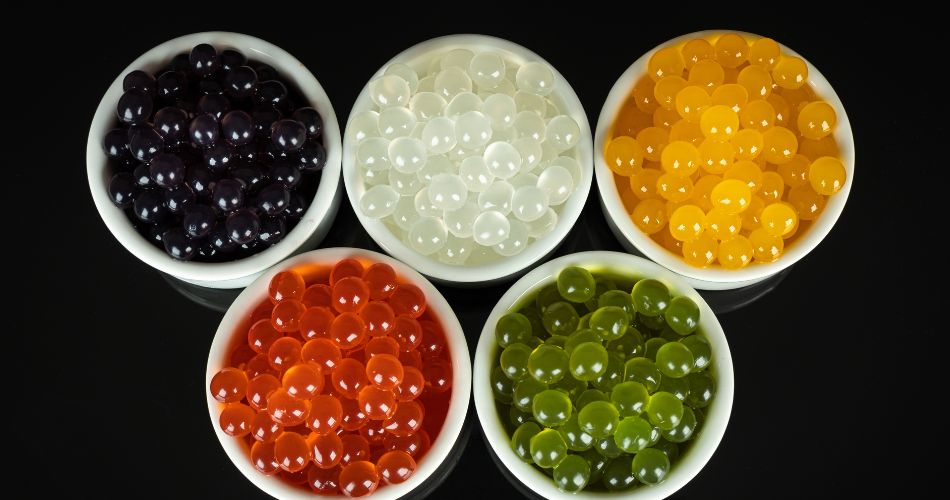International Tea Day, observed annually on May 21, is a global initiative established by the United Nations to celebrate the cultural heritage, health benefits, and economic importance of tea. This day also aims to promote sustainable production and consumption of tea, recognizing its role in combating hunger and poverty.
History of International Tea Day
The origins of International Tea Day trace back to 2005 when it was first celebrated on December 15 in tea-producing countries like India, Sri Lanka, and Nepal. These early observances focused on raising awareness about the impact of the global tea trade on workers and growers.
In 2019, the United Nations General Assembly adopted a resolution to observe International Tea Day on May 21, aligning with the tea production season in major tea-producing countries. The Food and Agriculture Organization (FAO) was tasked with leading the observance, emphasizing the importance of tea in rural development and sustainable livelihoods. 1
Why is International Tea Day important?
Tea is the most consumed beverage in the world after water, with a history spanning over 5,000 years. It plays a significant role in many cultures and economies, providing employment and income to millions of people, especially in developing countries.
International Tea Day highlights the need for sustainable tea production and fair trade practices. It brings attention to the challenges faced by tea workers and smallholder farmers, advocating for better working conditions, fair wages, and support for women’s empowerment in the tea industry.
- Recognizes the cultural and economic significance of tea worldwide
- Promotes sustainable production and consumption practices
- Advocates for fair trade and improved working conditions for tea workers
- Supports smallholder farmers and rural development
- Raises awareness about the health benefits of tea
How to Celebrate International Tea Day
Celebrating International Tea Day can be as simple as enjoying a cup of your favorite tea and reflecting on its journey from leaf to cup. Consider exploring different types of tea from various cultures, such as green tea from China, chai from India, or matcha from Japan.
You can also support sustainable and ethical tea brands, participate in local tea-tasting events, or host a tea party to share the experience with friends and family. Educating yourself and others about the importance of fair trade and sustainable practices in the tea industry can make your celebration more meaningful.
- Try a new variety of tea from a different culture
- Support fair trade and sustainable tea brands
- Host a tea-tasting event or tea party
- Learn about the history and cultural significance of tea
- Share information about sustainable tea practices on social media
Interesting Facts About Tea

- Tea is the second most consumed beverage in the world after water.
- All true tea — black, green, white, oolong, and pu-erh — comes from the same plant: Camellia sinensis.
- Green tea and black tea differ only in how they are processed, not the plant they come from.
- Tea contains antioxidants called catechins, which are believed to support heart and brain health.
- In ancient China, tea was used as a medicinal drink before becoming a daily beverage.
- In Britain, the concept of “afternoon tea” was introduced in the 1840s by Anna, the Duchess of Bedford, to fill the long gap between lunch and dinner.
- The Boston Tea Party of 1773 was a pivotal moment in American history and was centered around a protest against British tea taxes.
- Instant tea was invented in 1901, though it became popular only decades later.
Fascinating Tea Traditions Around the World

- Japan: The traditional Japanese tea ceremony (chanoyu) is a serene, meditative ritual involving matcha (powdered green tea) prepared with precise movements and deep cultural symbolism.
- Morocco: Moroccan mint tea, made with green tea, fresh mint, and lots of sugar, is served in ornate glasses and poured from a height to create froth. It’s a symbol of hospitality.
- Tibet: Butter tea (po cha) made with yak butter, tea leaves, and salt is a staple in Tibetan culture and helps people stay warm in high altitudes.
- United Kingdom: “Cream tea” is a beloved tradition in parts of England, especially Devon and Cornwall, where tea is served with scones, clotted cream, and jam.
What is Bubble tea?

- Bubble tea originated in Taiwan in the 1980s, combining milk tea with chewy tapioca pearls (also known as “boba”). It quickly spread across Asia and then globally as a unique and playful drink.
- The classic version includes black tea, milk, sugar, and tapioca pearls, but today there are countless variations — with fruit teas, jellies, popping boba, and even cheese foam.
- The “bubbles” in bubble tea refer to the frothy top created when the drink is shaken, not the tapioca pearls.
- Tapioca pearls are made from cassava root, and when cooked, they become soft, chewy, and slightly sweet.
- Bubble tea is so popular that it has inspired themed cafés, merchandise, festivals, and even boba-shaped plush toys and phone cases!
International Tea Day Dates Table
| Year | Date | Day |
|---|---|---|
| 2025 | May 21 | Wednesday |
| 2026 | May 21 | Thursday |
| 2027 | May 21 | Friday |
| 2028 | May 21 | Sunday |
| 2029 | May 21 | Monday |
Subscribe to our newsletter and never miss a holiday again!

